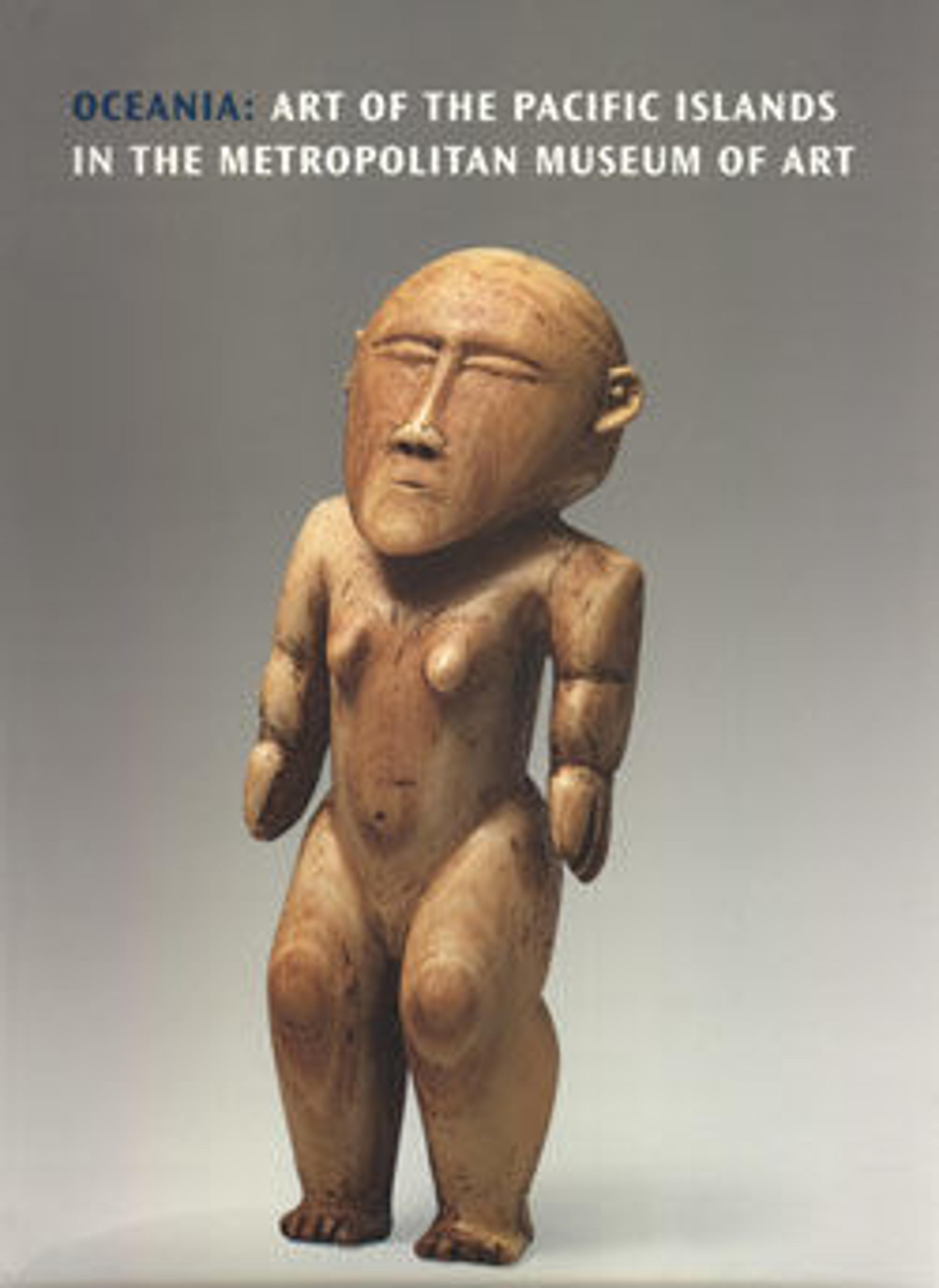Mask (Wale or Ware)
Coastal Boiken groups formerly created masks (wale or ware), representing a variety of male and female spirits. Used by men during ceremonial performances, most were not placed directly on the face but were attached to a basketry framework that covered the dancer's head and was worn with a knee-length grass skirt. When not in use, the masks were kept as sacred objects within the men's ceremonial house. According to oral tradition, masks originated when women heard the sounds of underwater spirits. The men, attempting to find the source of the sound, probed the water with poles. Eventually, one man, Pantjapong, dived in and saw the spirits, who were wearing large masks. When he returned, the other men asked him to create masks resembling those worn by the spirits, which became the first masks.
Artwork Details
- Title:Mask (Wale or Ware)
- Date:19th–early 20th century
- Geography:Papua New Guinea, Lower Sepik River
- Culture:coastal Boiken people
- Medium:Wood, paint
- Dimensions:H. 14 × W. 6 1/2 × D. 6 in. (35.6 × 16.5 × 15.2 cm)
- Classification:Wood-Sculpture
- Credit Line:Rogers Fund, 1977
- Object Number:1977.85
- Curatorial Department: The Michael C. Rockefeller Wing
More Artwork
Research Resources
The Met provides unparalleled resources for research and welcomes an international community of students and scholars. The Met's Open Access API is where creators and researchers can connect to the The Met collection. Open Access data and public domain images are available for unrestricted commercial and noncommercial use without permission or fee.
To request images under copyright and other restrictions, please use this Image Request form.
Feedback
We continue to research and examine historical and cultural context for objects in The Met collection. If you have comments or questions about this object record, please contact us using the form below. The Museum looks forward to receiving your comments.
